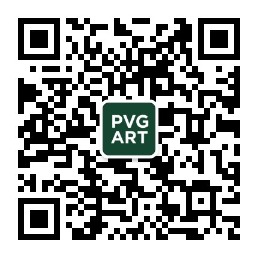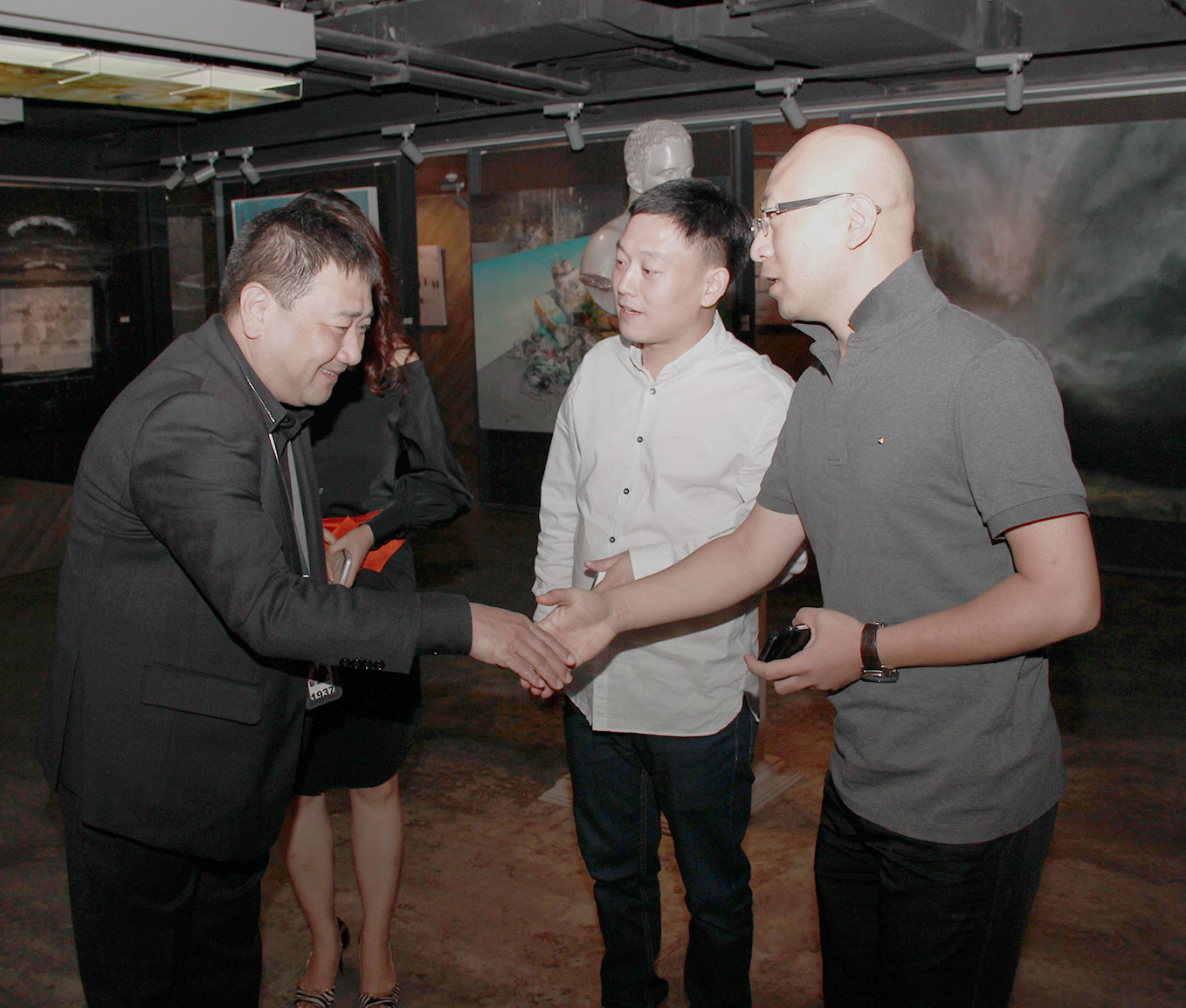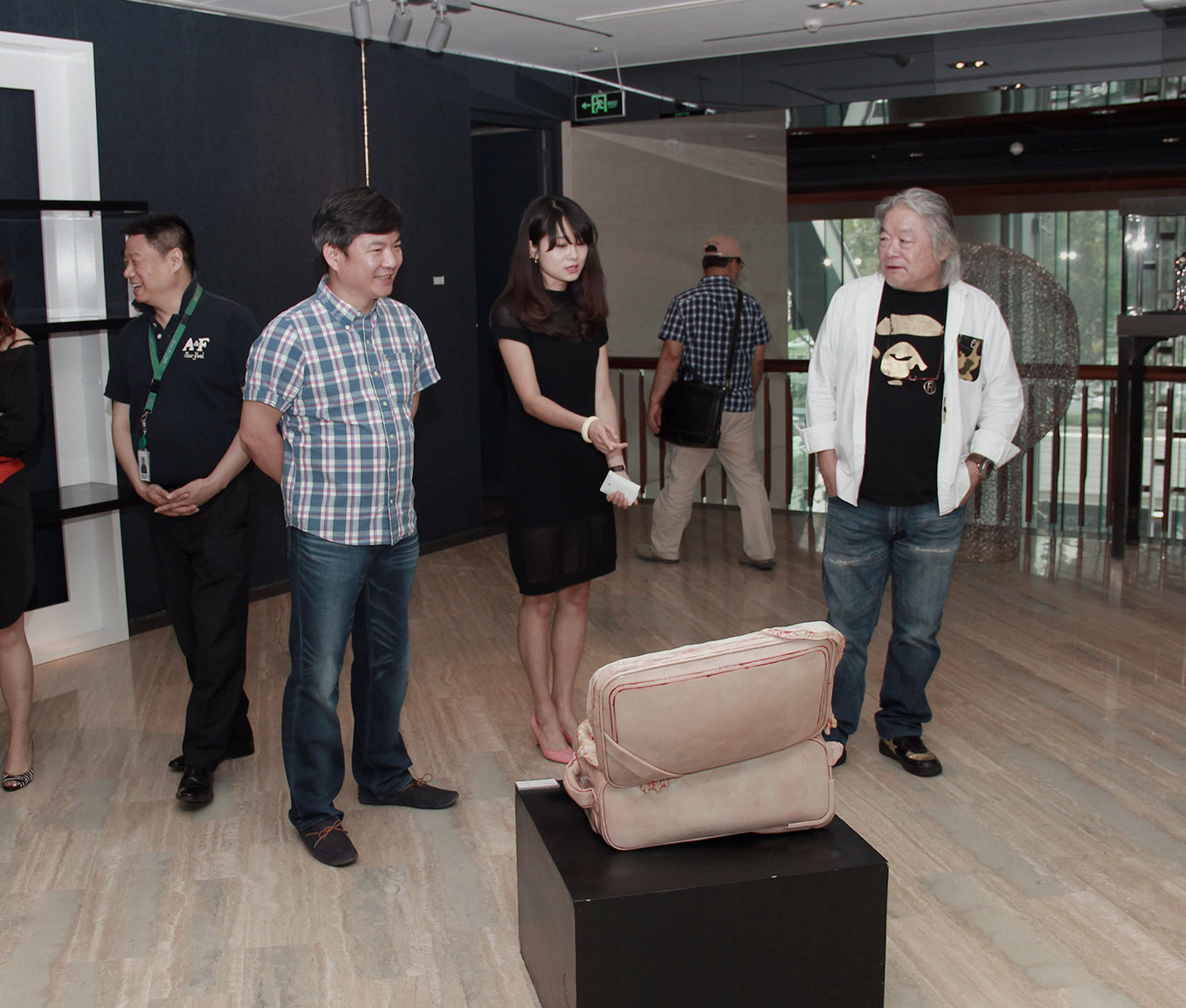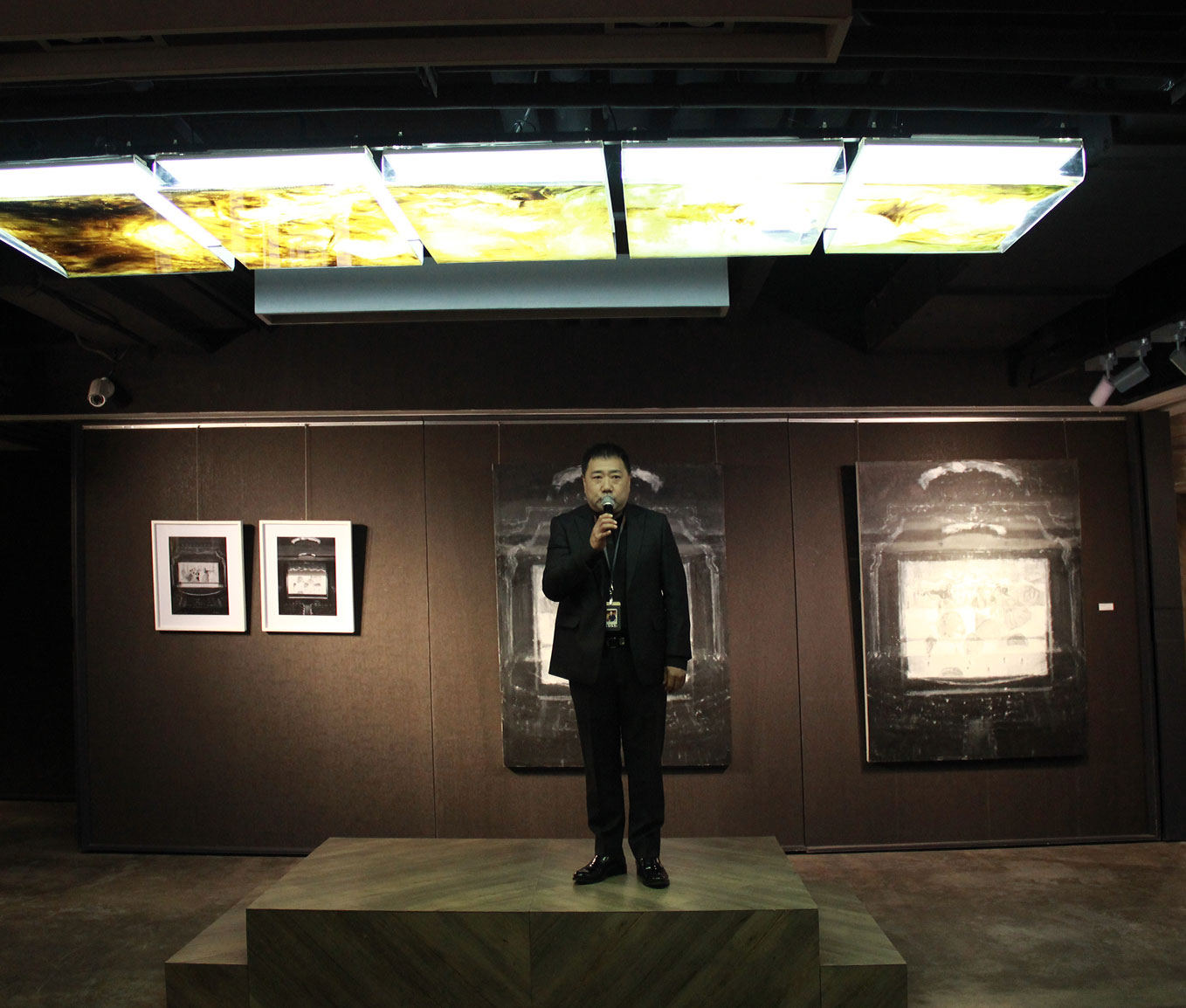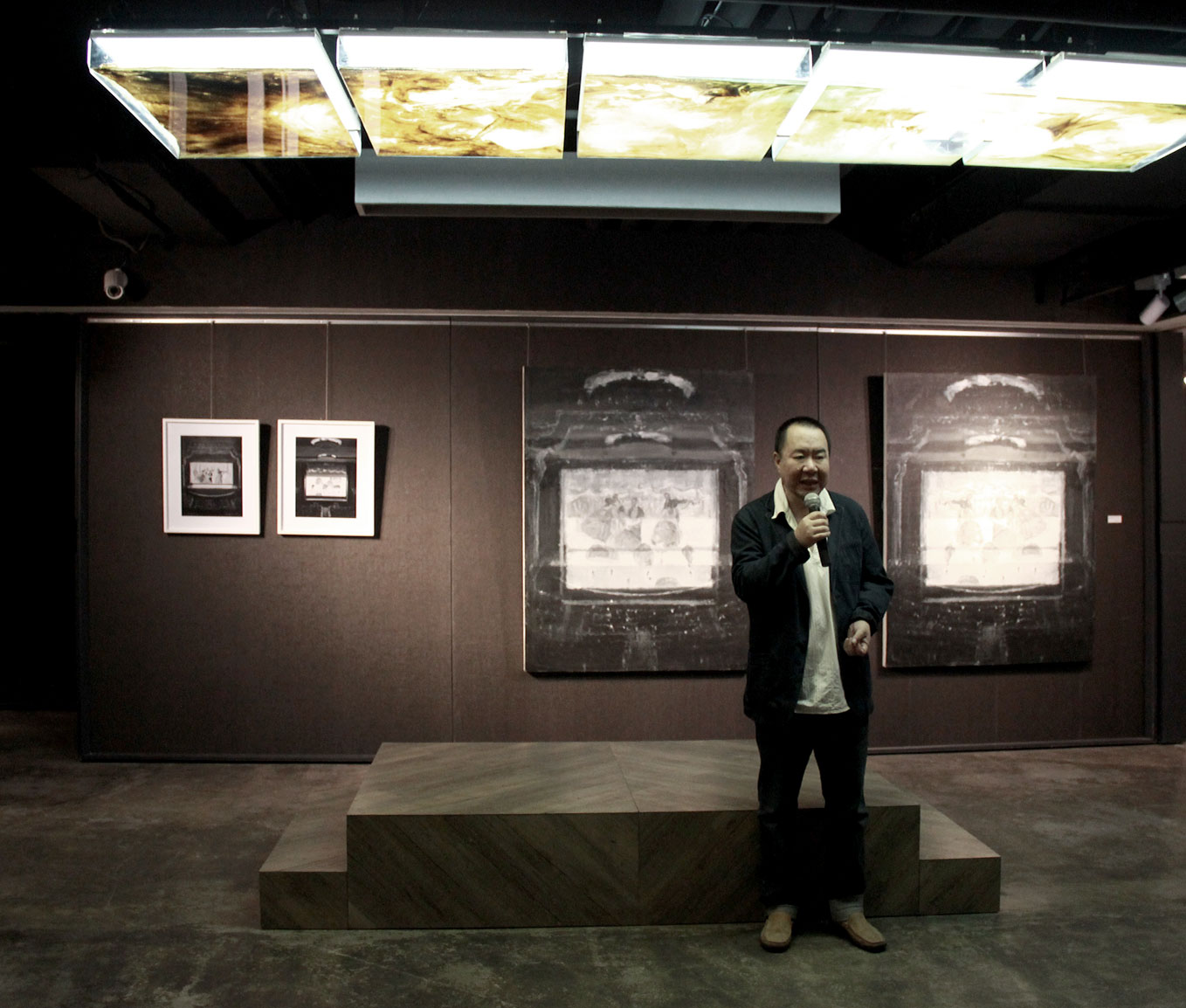As a philosophical concept, “lesser logic” stems from Hegel. In modern European philosophical history, Hegel not only established the system of objective idealism, he also did much to promote the development of idealist dialectics. As he saw it, the absolute spirit is an independent subject, and ideas and existence are governed within. What “lesser logic” embodies is this developmental process of the human intellect, from emotion to reason, from subjectivity to objectivity, from judgment to verification, and gradually coalescing into the inner core of the absolute spirit. In drawing on the concept of “lesser logic,” we are striving to emphasize that one of the defining traits of contemporary art today is that it places greater importance on the internal logic of language, as well as on the art history context on which the generation of concepts depends. In fact, American critic Arthur Danto has proposed that since the 1960s, with the growth of conceptual art, the realm of art has been supplanted by philosophy. Though contemporary art did not emerge in China until the mid-1980s, the developmental trajectory that has taken shape regarding language, rhetoric and narrative constructs, and the conceptual heights it has reached, possess the same unique value.
In fact, from “formal beauty’s” counterattack against the ossified linguistic system of Socialist Realism in the early 1980s to the young artists of the New Wave emulating Western modern painting and postmodern art, and on to the late 1990s, when Chinese artists returned to local traditions from within the references of Western contemporary art, Chinese contemporary art used roughly twenty years to complete its own transition in linguistic studies. The end of this process implies that contemporary painting has used pure modernist forms and styles to demonstrate the end of its own avant-gardeness. The “recoding” within the language of contemporary art, and the ways in which artists have formed their individual discursive expressions since the turn of the century, are the main foci of this exhibition. In general, we can categorize the past few millennia of Western art based on established art history concepts as falling into the realms of classical art, modern art, postmodern art and contemporary art. In a certain sense, modern art is an art of “encoding.” It is no longer classical art, and the artists no longer engage in the simple re-creation of the world of appearances. To the contrary, the goal in encoding the style and form of the artwork is to bestow it with meaning. When approaching the modern artwork, the viewer cannot reach its meaning through viewing alone; they must follow certain “threads” to truly enter into the artwork. But for the development of Chinese contemporary art, “recoding” is significant on three levels. The first is reflection on contemporary art’s own linguistic system and on the problems that arose during its construction. More importantly, China must form a rhetorical and linguistic system that differs from that of Western modern and postmodern art. Second, rooted in the demands of cultural modernity, China must seek out the crux of transformation from within the visual system and cultural resources of its own local culture. Third, the ultimate goal is still to shape a form of cultural subjectivity for Chinese contemporary art.
This exhibition will feature 40 artists with works in painting, installation and sculpture. Though there is variation in terms of subject matter, these works all share something in common, which is that they all place emphasis on individual creative methodology, engaging in innovative utilization of existing visual images and visual cultural resources while stressing the production of new meaning for the artwork within new visual mechanisms and viewing effects. For many Chinese contemporary artists, “recoding” is not so much a method as the embodiment of reflective attitudes and open cultural viewpoints. These artists share the academic ideal of truly realizing the reconstruction of Chinese contemporary art in rhetoric and narrative.
This exhibition is curated by Professor He Guiyan. It will present, through the perspective of language and rhetoric, the richness and creativity that exists within the discursive expressions of these Chinese contemporary artists.
The Artists:
Bian Qing、Cang Xin、Cao Hui、Chen Hongzhi、Fan Xiaoyan、Feng Haitao、Hang Chunhui、He Jian、He Sen、Jiang Huajun、Kang Jianfei、Li Changlong、Li Hui、Li Qing、Li Zhanyang、Liu Zhan、Lu Zhengyuan、Mao Yanyang、Na Wei、Shi Jinsong、Tan Xun、Wang Congyi、Wang Yigang、Wei Qingji、Wu Jian、Xia Hang、Xiang Qinghua、Yang Hongwei、Yang Qian、Yang Maoyuan、Ye Qiang、Yin Zhaohui、You Jin、Yu Aijun、Zhang Wei、Zhang Xiangxi、Zhang Xiaodong、Zheng Lu、Zhu Wei、Zou Liang
